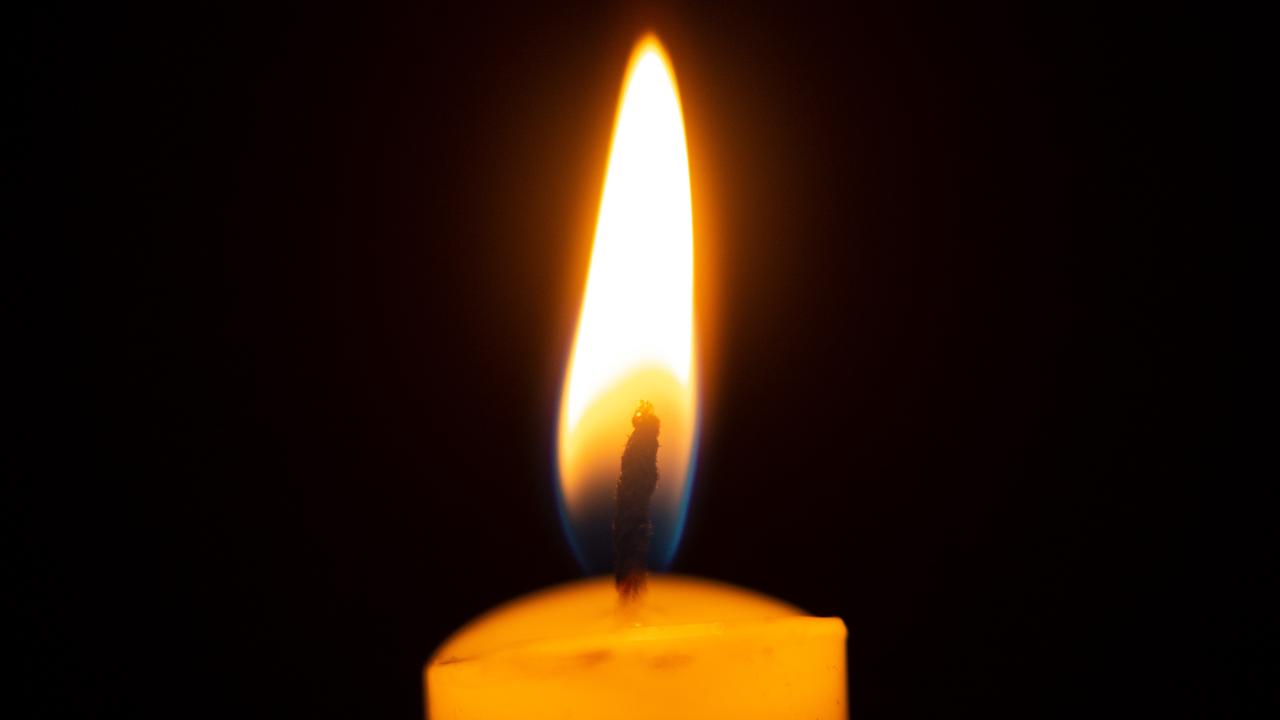‘I burst into tears’: Artist shows Aussie soldiers and nurses of 1915 on duty in the Mediterranean today
STUNNING images blend wartime scenes into the tourist landscapes of today. It’s eerie, emotional and unforgettable.

ANZAC Centenary
Don't miss out on the headlines from ANZAC Centenary. Followed categories will be added to My News.
YOU can almost reach out and touch the past.
Cheryl Ward and Bernard de Broglio made this haunting collection of pictures by seamlessly combining contemporary images with eyewitness photographs taken on Lemnos in 1915.
SEE THE ORIGINAL IMAGES IN FULL, PLUS WAY MORE, ON FACEBOOK
The tiny Greek island was hugely important to Australia in World War I.
It was used as a port on the way to and from Gallipoli, providing a hospital for the wounded and respite from the terrors of war.
At the height of the 1915 campaign the island’s harbour teemed with the world’s largest battleships, submarines, torpedo boats and trawlers.
“Everyone knows about Gallipoli but no one knew how much of a part Lemnos played,” Ward says. “It’s where the Gallipoli story starts and ends.”
The playwright and her husband visited the island as research for her stage drama Through These Lines, which follows the story of Australian Army nurses during WWI.
The images were published on Facebook at the weekend by AnzacLive, to an incredible response.
The couple spent hours poring over Google Earth to match their own pictures with period photos held by the State Library of NSW. Unlike the battfields of France and Belgium, mountain silhouettes dominate the landscape on the island.
“It’s exactly the same now,” Ward said. “You can get a real sense of the environment they had to endure.”
The wounded soldiers and nurses are gone but the rugged stony, thistled terrain remains virtually unchanged.
From the windswept peninsula above Mudros harbour, you can still make out what once known as Macquarie Street — the main road through the 3rd General Hospital.
“Knowing that you could actually hear the shelling going on Gallipoli from it would have been a very eerie experience,” Ward said.
More than 300 casualties are buried on island. Unlike the war cemeteries on the Western Front, there is not a constant stream of visitors paying their respects.
“Out on these islands these people really were just left there,” Ward said.
Throughout the war, the island was used as a staging platform for troops from Britiain, France, Russia, Egypt, Canada and New Zealand and it is a chapter of history that resonates strongly with the Greek-Australian community.
“It must have been so peaceful but at the same time it was windy, it was inhospitable, it got very cold very quickly, it was scorchingly hot during summer.”
Like the Anzacs, the Australian Army Nursing Service made its name at the Dardanelles.
For Ward, the sense of the past was palpable, especially she came to put together her favourite image — two nurses cleaning up after a storm.
“All of a sudden I just stopped and without even looking up I knew I was in the right spot — I could just feel it,” she said.
“I just burst into tears. It was virtually like someone told me to stop.”
See the full collection of images by following AnzacLive on Facebook. We’re on Twitter and Instagram too.
Originally published as ‘I burst into tears’: Artist shows Aussie soldiers and nurses of 1915 on duty in the Mediterranean today


